How to decide which photos to use in your life story book
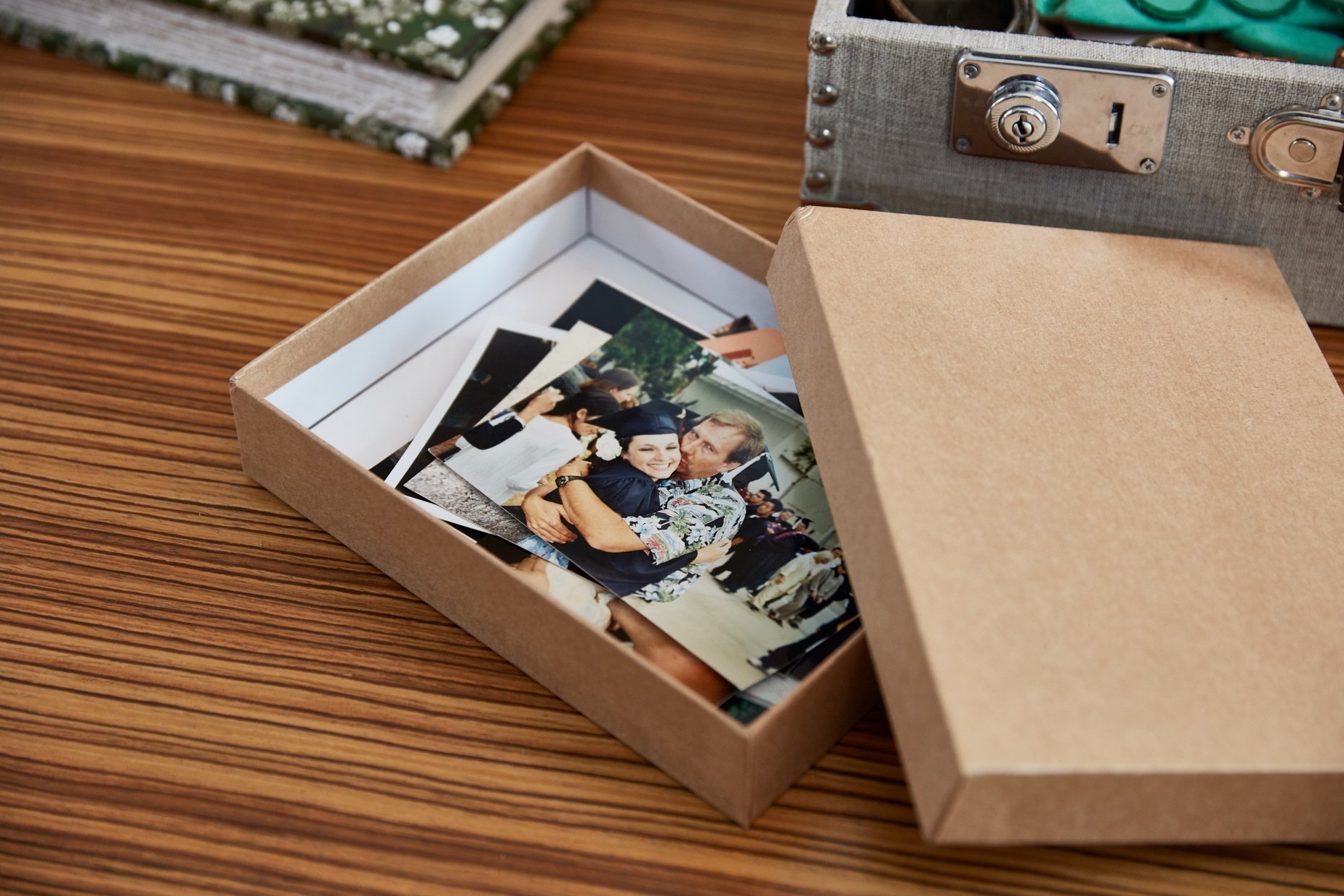
Rule number one: You don’t want to use ALL of your photos in your life story book. Thoughtfully choosing which pictures help tell your story—and elicit emotions—will produce a finished product that feels inviting and impactful.
You’ve finished your memoir manuscript or your personal history interview sessions and are itching to move on to the design stage of your life story book—but first, photos! Choosing which images will make it into your book can be a daunting task. Having done some pre-project photo organization will help, but honestly, it comes down to keeping two principles in mind:
Choose photos that have emotional impact.
Choose photos that help tell your stories.
You want to choose images that not only help you tell your story, but that make the readers of your one-day book feel something. Because, remember this: While you and your friends and family will enjoy your life story book now, it’s your kids’ kids—those future descendants you may never meet—who will one day flip through the pages of your book and wonder: Who were you? How did you live your life? What made you laugh and cry and feel afraid? How were you like them? How were times different?
The photos that accompany the written stories in your book serve not only to amplify and illustrate those stories, but to draw folks in. So choose varied images. Make some really big (how I love a full-bleed photo!). Make others small, along a timeline or in a grid. And, unless you only have a handful of old photos in your possession, don’t include them all: You must curate them, choose photos that serve your story and your audience, that add context and color and visual interest.
Choose photos that make us feel—because, again, it’s all about emotional impact. Beyond that, here are a few tips for choosing the best photos for your life story book:
4 tips for curating your life story book images
Zoom in and zoom out.
Choose photos that show a scene in context—the whole family standing around in your backyard during a get-together, for instance; and then include a detail shot—your child’s hands holding a stick roasting s’mores over the fire pit, perhaps. Your readers will feel invited into the scene by the zoomed-out shot, and feel emotions (nostalgia, comfort, love!) well up from the intimate detail shot.
Choose people when possible.
Do you have some stunning pictures of the Alaska landscape from your trip there? Certainly consider including a scenic shot to set the tone of a chapter, but opt instead for the photos that show you in the scene to aid in your storytelling. We connect with people.

The image on the left, above, would be great in a travel album, but the one on the right—which shows not only the Brooklyn Bridge but the person who was visiting—is better suited to a family history book. Below, wouldn’t you agree that the photograph of an old family home resonates more when there are people in the frame, too?
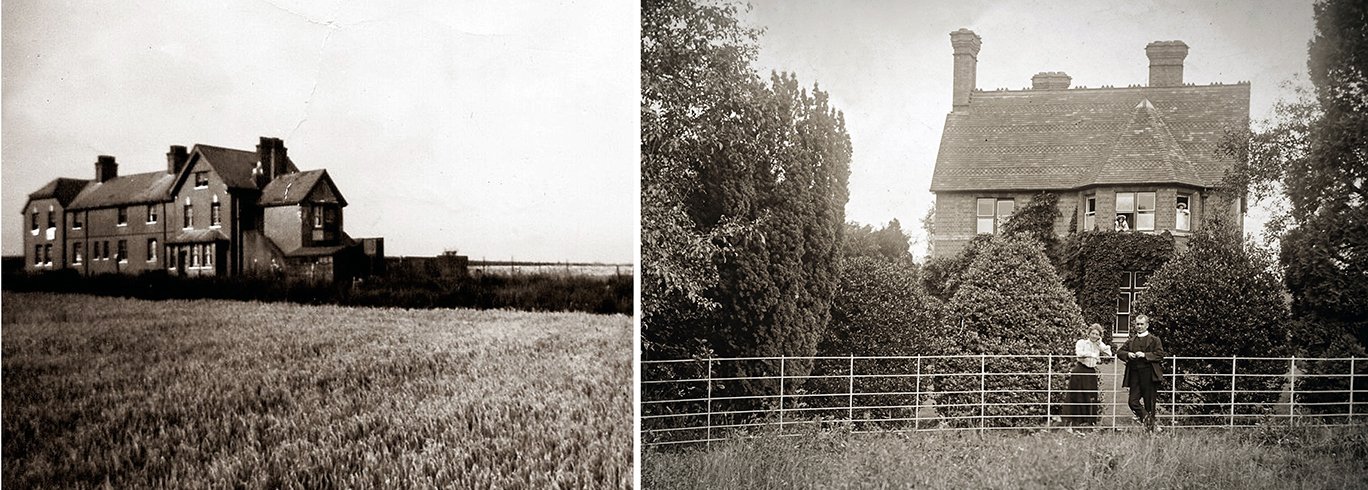
Let details shine.
Nanny’s floral-print house dress. Momma’s slim cigarette burning to ash in a glass dish on the kitchen table. The framed prayer card with rosary beads hung over it on the mantle. Pop-Pop’s cane leaning against the wall. Scout out details in your photos that bring your family’s stories to life. And don’t just think about homespun details—consider those that reveal history in a broader sense: Grandpa’s World War II dog tags, a photograph of your ancestors in their hometown before immigrating, a headline on weathered newsprint. Such particulars add nostalgic flavor and ground your stories in history.

In all three photos above, details—from the old television boxes to the wood paneling to the trophies and the plastic-covered couch—provide texture and context, making them fun choices for your life story book.
Another idea, below: Photograph small items that bring your stories to life, such as these Civil Defense Identification Tags from the 1950s (these belonged to my mom and her brother) or this tasseled dance card from 1889 (a cherished memento from a former client).
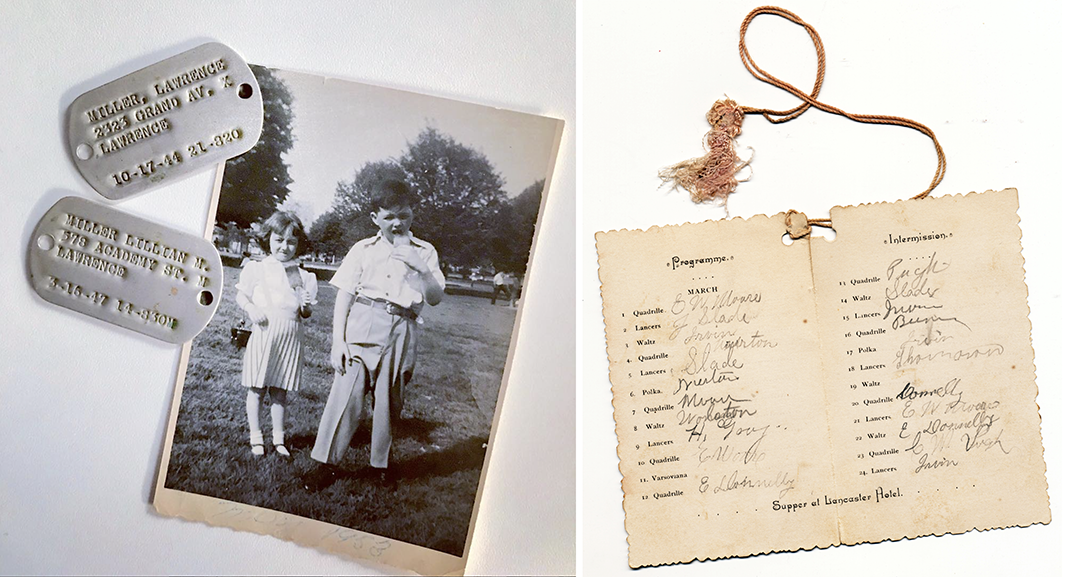
Always go for personality.
I gravitate to a candid photo over a posed shot every time. Think about it: That picture of your dad as a handsome teenager laughing as he almost drops his sister into the pool has way more personality than the studio portrait of them side by side in their Sunday best. I am not saying not to use those polished portraits, but rather to use them in straightforward ways such as on a graphic family tree, or early in your book to identity people. Then, enlarge the images that have motion and humor and joie de vivre—I guarantee those are the ones your descendants will connect with and be drawn to years from now!

Candid photos are vibrant—they jump off the pages of your family history book with energy and life. Certainly used those posed pictures and studio portraits to identify family members, but don’t forget to include images that show your loved ones’ personalities, as well.
The three most common excuses I hear for not writing about your life “yet,” and how—and why—to overcome them. It’s not too soon for your memoir, I promise.
Discover how (and why) bending certain grammar rules in memoir and life story writing can enhance voice, rhythm, and authenticity in your storytelling.
Even the most seasoned writer sometimes feels hopeless when they sit down to write and nothing comes. Here, 7 helpful resources for budding memoirists.
Four steps to help you turn spoken stories into engaging written narratives—so once the family history interview is done, you can create a lasting legacy.
Brave the Page by trauma-informed writing coach Megan Febuary shares how to probe memories, write about your hard experiences, and find healing.
You start out with excitement and fervor—blank pages are feverishly filled with stories about your life. But what can you do when your memoir momentum wanes?
By holding as your goal the idea of ‘writing your memoir,’ you are focused too soon on the end goal. Instead, think about writing towards your memoir.
Are you nervous about undertaking a life story project? Working with a personal historian or memoir coach can help alleviate many of the most common fears.
Is there ever really a ‘right’ time to start writing your memoir? There’s not, in my opinion, but here are two questions to ask yourself to help you decide.
Writer’s block can happen to the best of us. This simple idea—keeping a notebook of self-generated writing prompts—will keep your memoir ideas flowing.
Looking for a meaningful gift for your parents? An annual subscription to our Write Your Life memory and writing prompts may be just the thing—or, maybe not.
Learn about our Write Your Life course, providing memory prompts, writing guidance and a dose of inspiration to anyone who wants to preserve their stories now.
Here’s one time I gave in to my client’s preferences that still haunts me: Why we did not identify people in any of the photos in their family history book.
While your memoir is telling your stories in your words, a family tree chart outlining your relationships has a real place in that book—here’s why.
The first draft of your life story is likely to include some stuff you decide to cut later—but should none of your challenges make it into your final book?
Good writing prompts will rid you of blank-page anxiety—and you can easily write your own! Here, 5 steps to drafting a library of personalized memoir prompts.
While a journal called “Memories from Mom” or “Grandma’s Life Story” may be brimming with good intentions, the fact is that most of them remain mostly blank.
While all five of these books add value to any memoirist or life writer’s library, I’ve identified which is best for you based on your goals and experience.
A love letter (or book!) overflowing with memories makes a thoughtful anniversary gift. Here, 14 writing prompts to help you honor—and surprise—your partner.
Wondering if 52 weeks of memory prompts will help YOU write about your life at last? Here, answers to the most commonly asked questions about Write Your Life.
Every week you’ll get themed prompts to stir your memories, tips to write your stories with ease, and more! A unique gift for your loved one (or yourself)!
Sometimes all it takes to get unstuck with your personal writing is paying attention. Here are some easy (fun) ways to come up with journal writing prompts.
Ready to edit your family history or life story book? Follow these three tips from a personal historian to ensure everything is clear for your descendants.
This new book by Ruta Sepetys, You: The Story, is a great tool for those who want to use their own life experiences to inform their fiction writing.
Have you ever thought about what will happen to your diaries—who will read them, how you may one day use them? Join me as I consider this profound question.
Photos that have no captions will leave readers of your heirloom book guessing. Make sure to write captions that either tell a story or provide vital details.
Smells (such as of Mom’s perfume or Grandpa’s grease-stained clothes) and sounds—especially music—can trigger long-buried memories helpful for writing memoir.
Why leave your legacy in the hands of someone else? Try your hand at writing your own obituary with these tips—it just may be the start of your mini memoir.
Don’t let all those memory-keeping ideas swirling around your head overwhelm you. Instead, take some time to hone in on which stories to tell first—here's how.
Cataloguing your family heirlooms in a book is a great way to pass down their stories. Here are some tips for capturing incredible images of them, too.
Sure, smart phone memory is getting cheaper—but is that reason enough to save every photo in an endless scroll? Don’t lose your memories amidst digital clutter!
We all get a happy feeling when a “memory” pops up on a social feed on our phone. Just remember that you have access to ALL your memories ANY time you want!
You've just returned from a family trip and know you want to make a travel memory book—just not right now! Follow these easy steps so you'll be ready later.
Want to make creating a travel book easy when you return from your family vacation? Follow these steps for easier—and elevated—post-trip memory-keeping.
Photos that have no captions will leave readers of your heirloom book guessing. Make sure to write captions that either tell a story or provide vital details.
Beyond family photos: Consider adding vintage maps, family tree charts, and professionally shot images of special heirlooms to your family history book.
When choosing photos for your life story book, consider emotional impact and storytelling interest—the right images will ensure your descendants are drawn in.
A family photo book without captions is nice—but one with captions is an heirloom. A primer on what type of captions to include and how to design them cleanly.
These 3 ideas for telling the stories behind your favorite family photos are easy-peasy—and they’ll get you well on your way to preserving your family legacy.
Want your photo memory book to print beautifully? Here's the one thing NOT to do when it comes to your digital photos.
Ever printed photos from your phone or digital camera and they look grainy, blurry, or small? Here’s why, and how you can fix it for optimal print results.
Imagine: Your treasured family photos, one day thrown in the trash—by your own kids?! Here, the secret to ensuring your photo memories live on.
You want a digital record of your photos and other family history stuff but realize social media is not a good permanent solution. Consider a family website.
These 3 photo book themes make it easy to show someone how much they are loved! Perfect for surprise birthday and graduation gifts—or just because.
Your memories live in your head and heart, but family photos, heirlooms & mementos sure do call those memories forth—how to use them towards a life story book.
Imagine New Years resolutions you actually want to keep—we've got two that are not only easy to stick to, but that will make you and your loved ones happier.
While scrapbooking & personal history share a goal of preserving family memories, key differences include the approach to storytelling and the finished products.
Discover family history, life story writing, and photo management guides in our Toolkit, where you can download free resources to help you preserve your legacy.
Culling your collection of family photos—whether a year's worth of images or just the shots from your latest vacation—helps retain their value—and stories.
Family photos can be useful tools to jog memories and call forth stories. We share how to determine which images will elicit the best family stories.
Print and share your family photos with loved ones. Besides generating conversation, you will spark joy, find genealogy clues, and discover even more treasures.
Want to record family stories? “There’s an app for that!” Undoubtedly, there is—but which one is right for you? My top picks for digital story sharing services
While I love browsing nostalgic #foundphotos on Instagram, my scrolling is always accompanied by a twinge of sadness. It’s the storytellers who renew my hope.
Family photos we deemed special enough to show off in frames around our house likely are not preserved at all. Inventory & digitize them before it’s too late.
Rediscovering an old family photo album in her closet prompts Modern Heirloom Books’ founder to reflect on the lasting appeal & transformative power of nostalgia.
Our photos tell the stories of our lives—and our lives, frankly, are not merely birthdays & weddings. Our lives are lived in the in-between. Capture the moments.
Prepare your family photos so they provide comfort—not a burden—to your children when you're gone. It’s one of the most meaningful legacies you can leave your kids.
The new Google PhotoScan app allows users to digitally capture their old family photos with ease—and without glare. While the app isn't ideal for scanning high-resolution images for use in print, it has enormous value in quickly and effectively scanning those precious boxes of old family photos you—and your extended family members—have lying around your homes. See why it's a recommended download.
Your memories matter too much to lose them to some virtual void. Here's why Facebook and Instagram are NOT the places to save your precious photos.





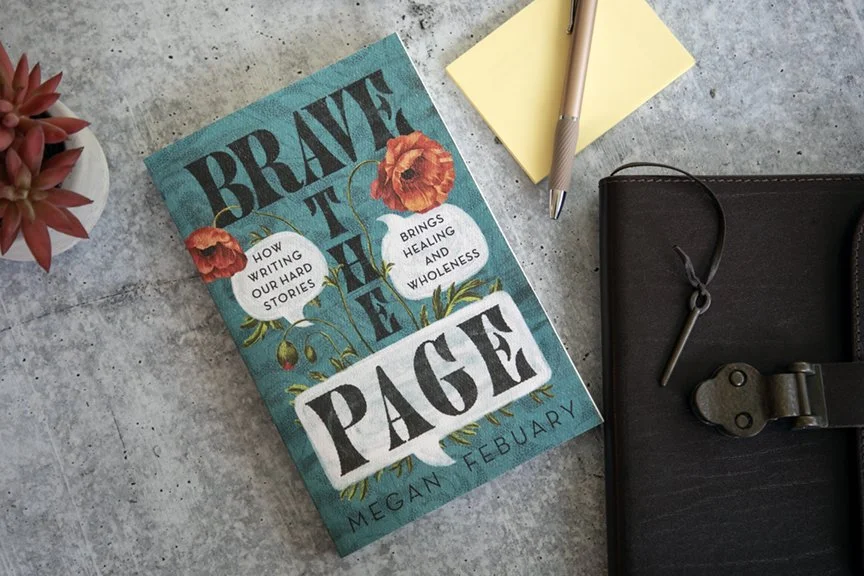






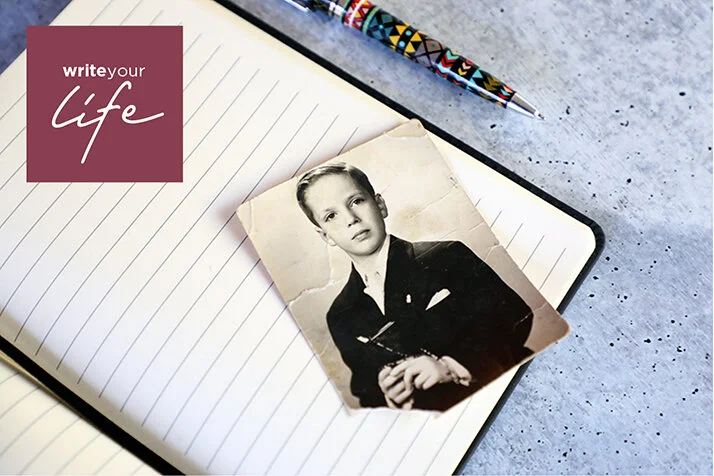





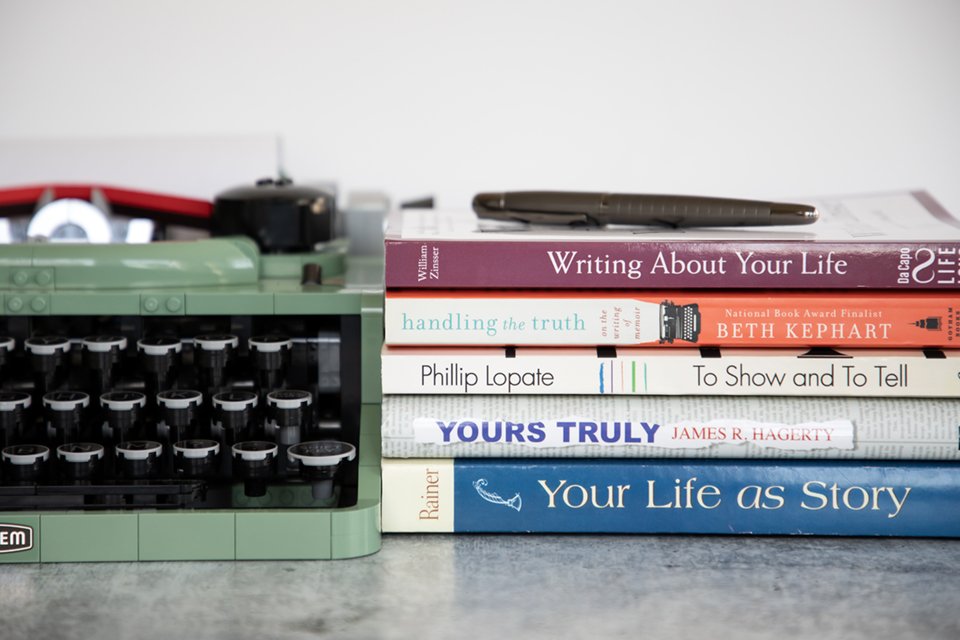



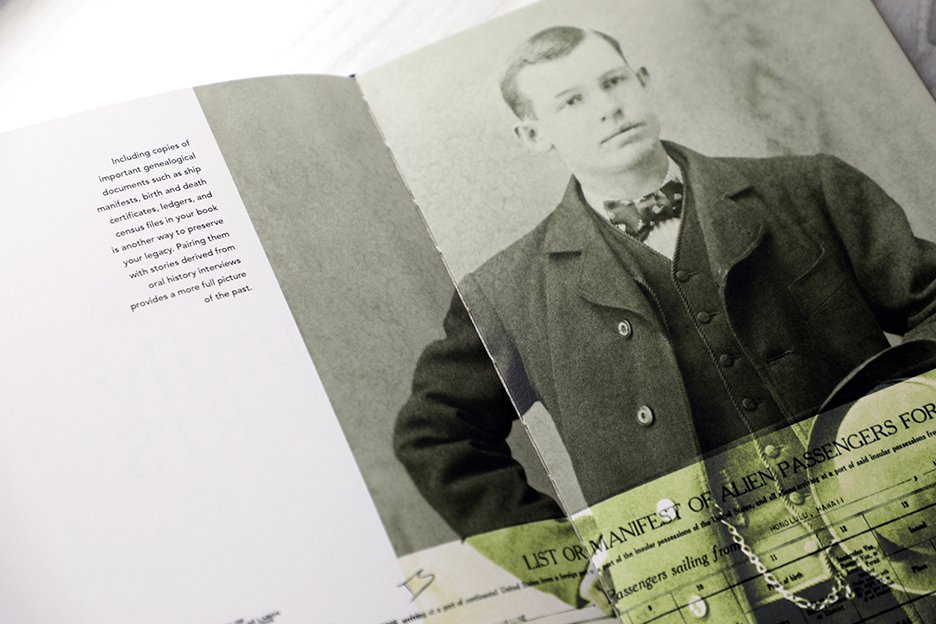




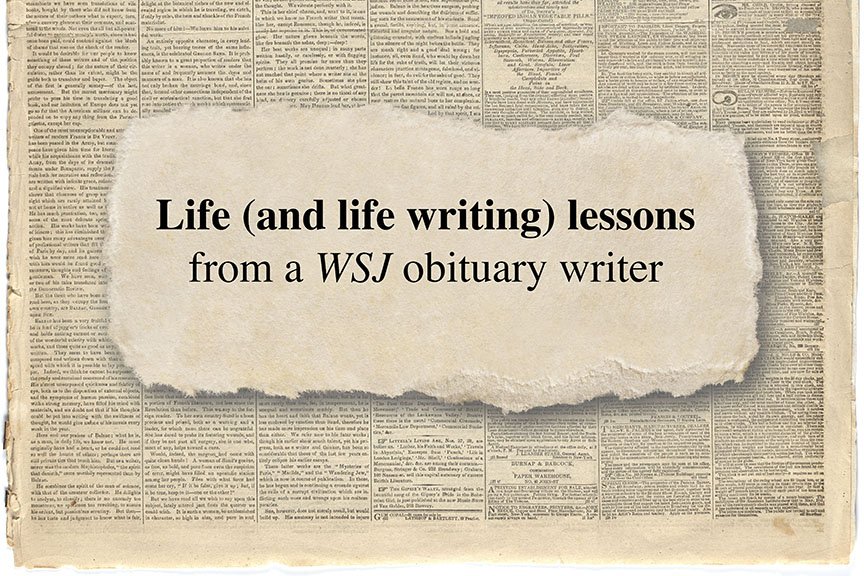






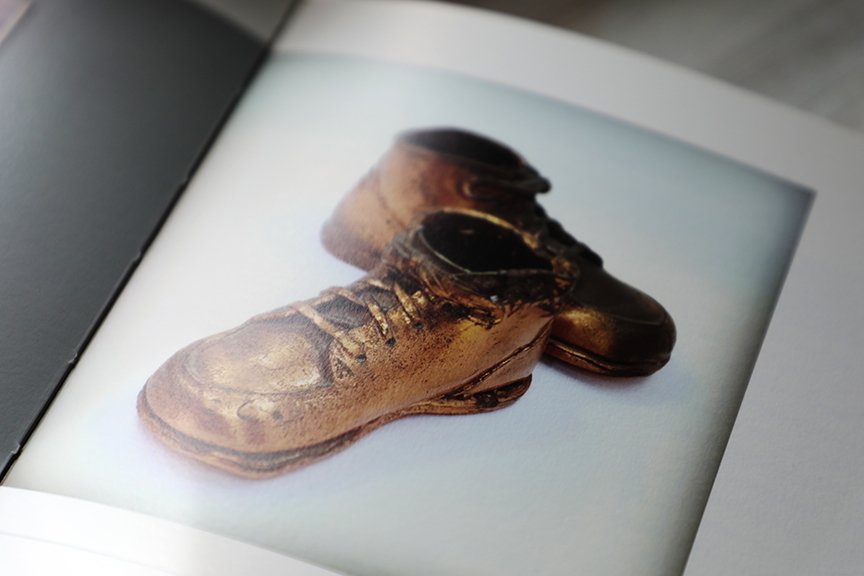


















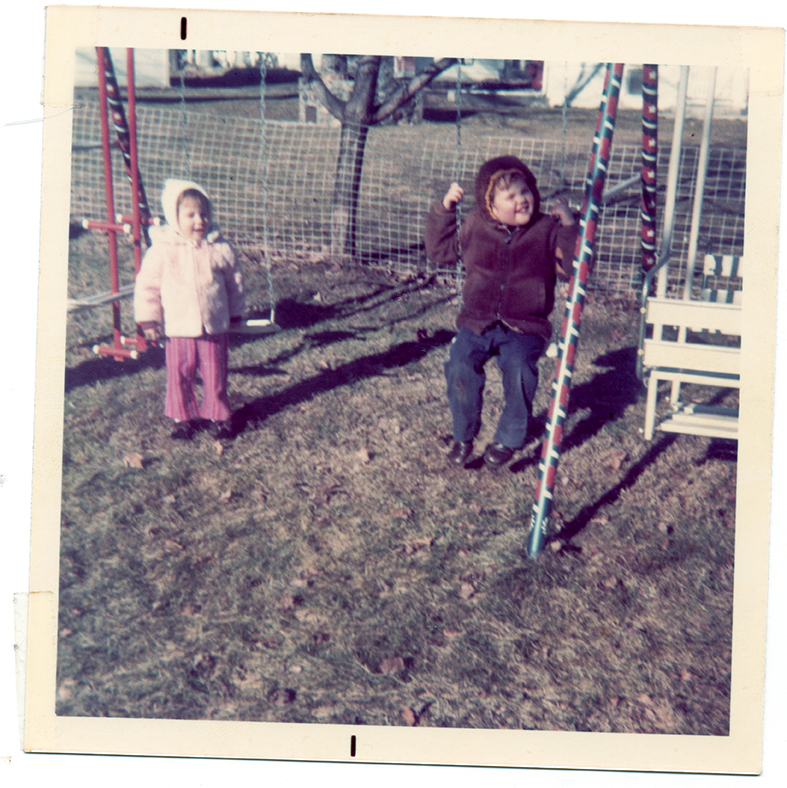



Go beyond labels with this powerful memoir prompt: introduce yourself without name, job, or age. Includes writing tips and a free downloadable worksheet.